EN 12090 Test Fikstürü
EN 12090 specifies the equipment and procedures for determining shear behaviour. It is applicable to thermal insulating products.
Bilgi Almak İçin Lütfen Bizimle İletişime Geçiniz
- Açıklama
- Değerlendirmeler (0)
- TEKNİK ÖZELLİKLER
Açıklama
EN 12090 Thermal Insulating Products for Building Applications – Determination of Shear Behaviour
EN 12090 specifies the equipment and procedures for determining shear behaviour. It is applicable to thermal insulating products.
NOTE : The tests described in this standard do not determine pure shear behaviour, but measure the effects of applying two opposite parallel forces to
the major faces of the test specimen.
The test is however called shear in this text by convention.
The application of a force tangentially to the major surface of the test specimen is considered to represent more closely the stresses imposed upon thermal insulation
products in many building applications, particularly walls, than other methods of measuring shear performance e.g. bending tests
EN 12090 – Principle
A test specimen is subjected to a shear stress transmitted to the test specimen through rigid supports to which it is bonded.
The corresponding force-displacement curve is determined.
NOTE : Tests carried out using the single test specimen method have produced results for shear strength, which indicate the result to be dependent upon test
specimen thickness, with more scattered results at greater thicknesses.
Tests using the double test specimen method have also shown test specimen thickness to influence results for shear strength
EN 12090 Apparatus
Test machine
General test machine capable of applying a sufficient force within the maximum displacement experienced in the shear test.
It shall be capable of operating at a constant rate of movement of the movable head of (3 ± 0,5) mm/min in a direction parallel to the longitudinal axis
of the test specimen assembly.
The test machine shall exert a force F on the test specimen with a maximum error of 1 %, and produce a displacement γ, of the movable support relative to
the fixed supports, having a maximum error of 1 %.
If the shear modulus is required, the force F and the displacement γ shall be simultaneously recorded to provide the curve of F, γ required in Clause 7.
It may be necessary to use a displacement transducer for accurate measurement of deformation particularly where a thick adhesive layer has been used in
preparing the test specimen.
The null or zero displacement of the test specimen may be calculated by subtraction from γ, the displacement due to the equipment and the same thickness of
adhesive measured without the test specimen, e.g. replace the test specimen by metal block(s) in a blank test.
EN 12090 – Double Test Specimen Arrangement
The test machine shall exert longitudinal shear forces through parallel plates bonded to a double test specimen
The parallel plates shall be rigid with the outer plates attached to the fixed and the central plate to the movable parts of the test machine.
EN 12090 – Specimen supports
Single Test Specimen Assembly
Two flat rigid specimen supports of length 330 mm and width 50 mm which shall be attached to the grips of the test machine via an adaptor and universal joint.
The method of attaching the specimen supports to the grips
The thickness of the adaptors that connect the specimen supports to the test machine grips shall be the same as the thickness of the test specimen.
Flat rectangular sectioned mild steel plates with a thickness of 16 mm have proved suitable for the support material.
Double Test Specimen Assembly
The essential features are three flat rigid supports of which two can be maintained with their planes parallel and vertical.
Experience gained using both the single and double test specimen methods with several products indicated that it is of paramount importance that the specimen
supports are very rigid.
With the double test specimen arrangement, the fixed supports should be maintained in parallel vertical planes.







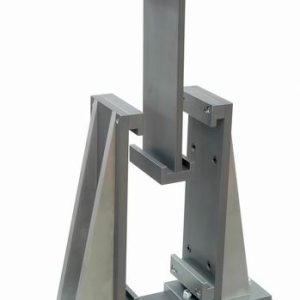
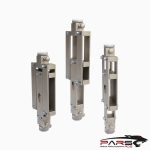

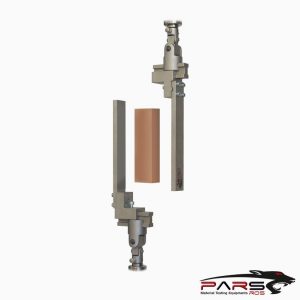


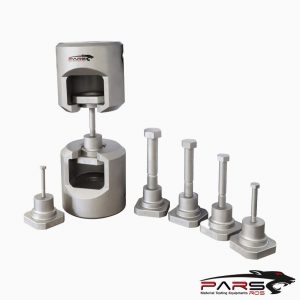


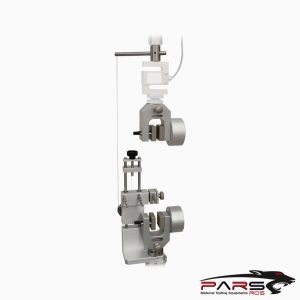

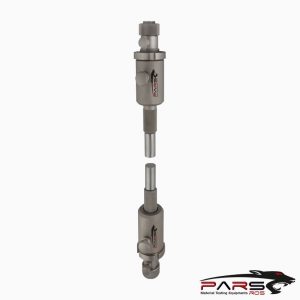



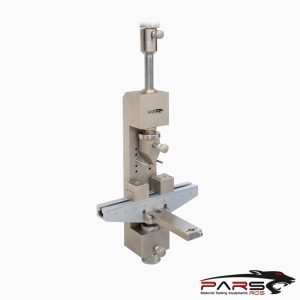

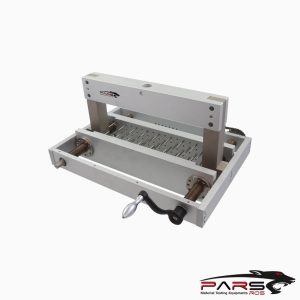



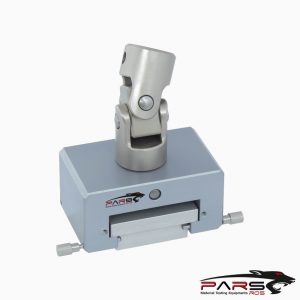
Bir yanıt yazın
Yorum yapabilmek için oturum açmalısınız.